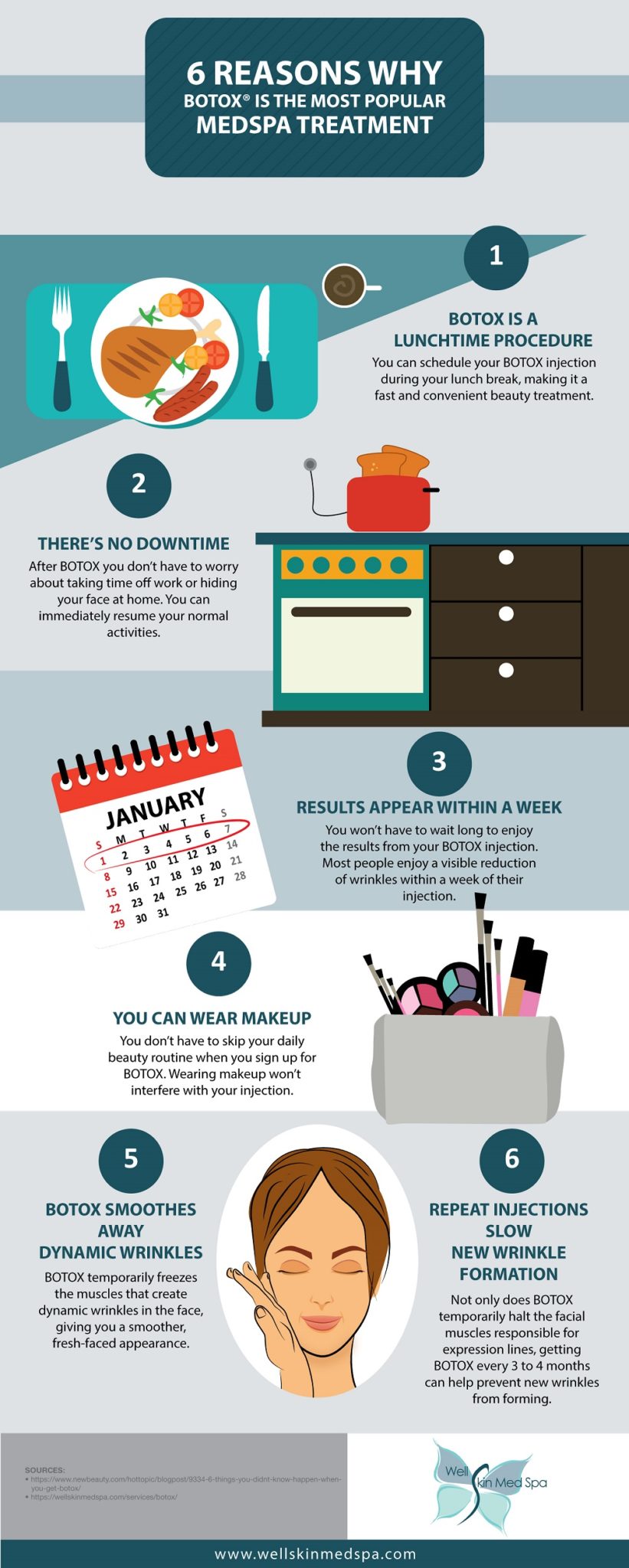What Are The Differences And Similarities Between SMILE Eye Surgical Procedure And LASIK And PRK?
What Are The Differences And Similarities Between SMILE Eye Surgical Procedure And LASIK And PRK?
Blog Article
Written By-McNamara Michelsen
If you have actually been taking into consideration SMILE eye surgery, you may question just how it stacks up against LASIK and PRK. Each procedure has its very own collection of benefits and considerations. From quicker healing times to potential threats, there are key distinctions you must know prior to deciding. Comprehending mouse click the next article will assist you make an informed selection that straightens with your details demands and expectations. Interested to recognize even more concerning exactly how these treatments contrast thoroughly? Keep discovering to get a detailed understanding of SMILE, LASIK, and PRK.
SMILE Eye Surgical Procedure Overview
If you're thinking about SMILE eye surgery, you'll discover it to be a minimally invasive treatment with a fast recuperation time. Throughout SMILE (Tiny Incision Lenticule Extraction), a laser is used to produce a tiny, precise incision in the cornea to get rid of a small piece of tissue, improving it to fix your vision. This varies from LASIK, where a flap is produced, and PRK, where the external layer of the cornea is totally removed.
One of the crucial benefits of SMILE is its minimally invasive nature, resulting in a faster recovery procedure and much less discomfort post-surgery. The healing time for SMILE is reasonably fast, with many clients experiencing enhanced vision within a day or more. https://www.webmd.com/eye-health/iritis makes it a popular selection for those looking for a convenient and effective vision adjustment treatment. Furthermore, SMILE has actually been revealed to have a lower threat of dry eye disorder contrasted to LASIK, making it a favorable choice for individuals concerned regarding this prospective adverse effects.
Distinctions In Between SMILE, LASIK, and PRK
When contrasting SMILE, LASIK, and PRK eye surgical procedures, it is very important to comprehend the distinctive strategies made use of in each treatment for vision adjustment.
SMILE (Small Incision Lenticule Extraction) is a minimally invasive procedure that includes developing a tiny cut to remove a lenticule from the cornea, improving it to remedy vision.
LASIK (Laser-Assisted Sitting Keratomileusis) includes producing a slim flap on the cornea, using a laser to improve the underlying tissue, and afterwards rearranging the flap.
PRK (Photorefractive Keratectomy) eliminates the outer layer of the cornea prior to reshaping the cells with a laser.
The primary difference hinges on the means the cornea is accessed and treated. SMILE is flapless, making it a great choice for people with thin corneas or those involved in get in touch with sporting activities. LASIK offers fast aesthetic recuperation as a result of the flap production, but it may present a greater threat of flap-related issues. PRK, although having a longer recuperation period, avoids flap-related issues altogether.
Understanding these variances is vital in choosing the most suitable procedure for your vision modification needs.
Pros and Cons Comparison
To examine the advantages and downsides of SMILE, LASIK, and PRK eye surgical procedures, it's necessary to take into consideration the certain advantages and prospective restrictions of each treatment. SMILE surgery uses the benefit of a minimally invasive treatment, with a smaller cut and potentially quicker healing time contrasted to LASIK and PRK. It likewise lowers the risk of completely dry eye post-surgery, a typical side effect of LASIK. However, SMILE may have constraints in dealing with higher degrees of nearsightedness or astigmatism contrasted to LASIK.
LASIK surgical procedure gives quick aesthetic healing and minimal pain throughout the procedure. It's extremely reliable in treating a wide range of refractive mistakes, consisting of nearsightedness, hyperopia, and astigmatism. Yet, LASIK brings a threat of flap complications, which can influence the corneal structure.
PRK eye surgery, while not as prominent as LASIK, stays clear of producing a corneal flap, minimizing the risk of flap-related difficulties. It appropriates for patients with slim corneas or uneven corneal surfaces. Nevertheless, PRK has a much longer recovery time and might involve more pain throughout the recovery procedure.
Conclusion
So, when it involves selecting between SMILE, LASIK, and PRK, think of it like selecting the ideal set of footwear. SMILE resembles a sleek, comfy set of tennis shoes - quick and very easy.
LASIK is a lot more like stylish high heels - fancy and quick, yet with some potential risks.
PRK is like durable hiking boots - dependable and long lasting, but needing a bit more effort and time.
Ultimately, the best choice depends upon your private demands and choices.
